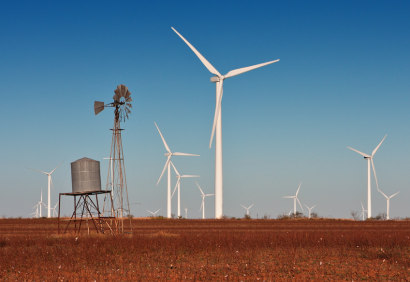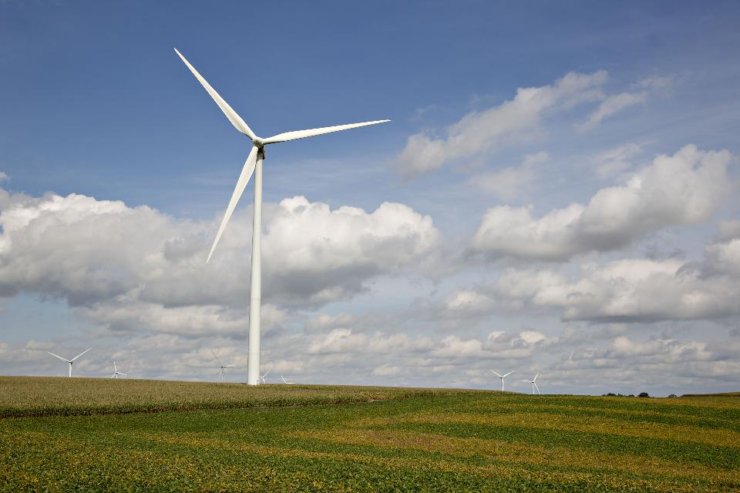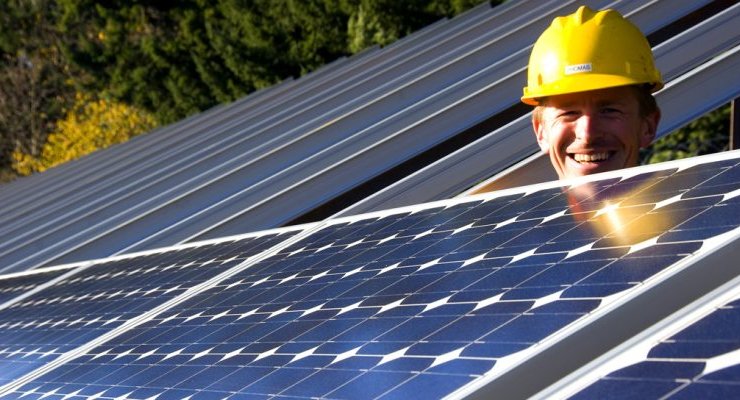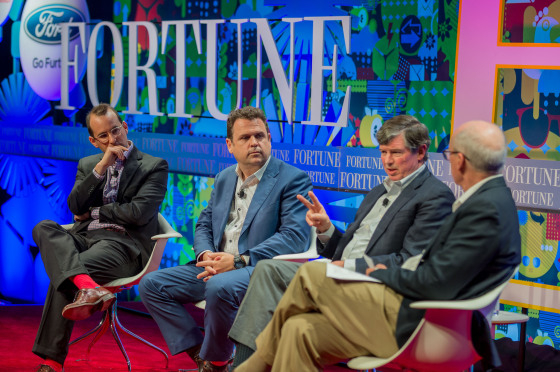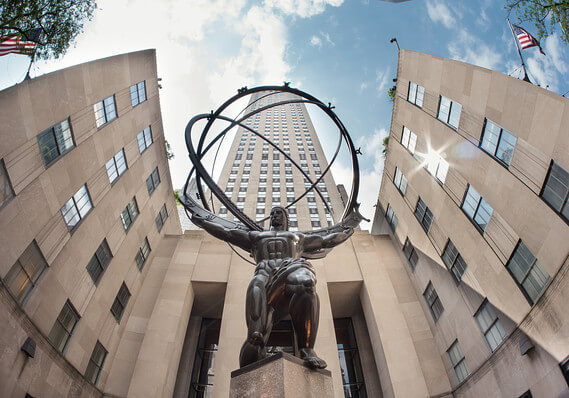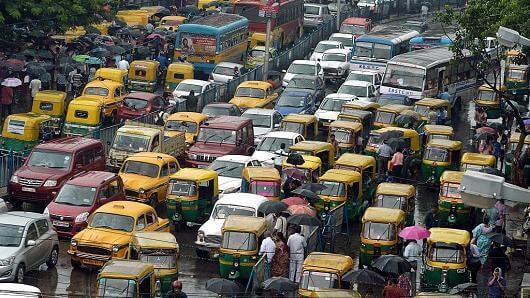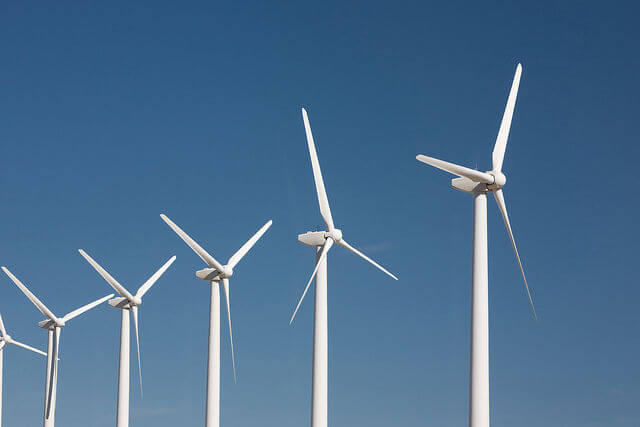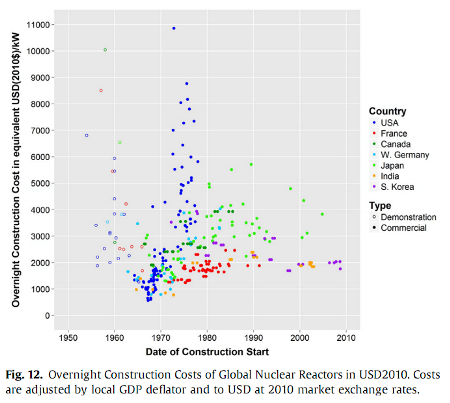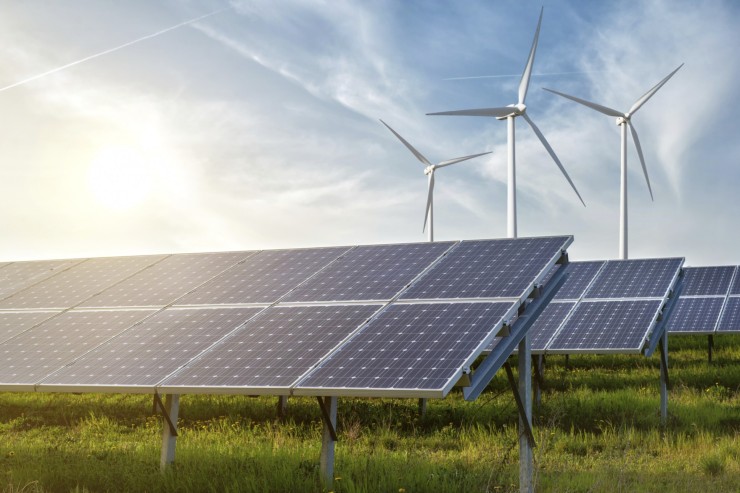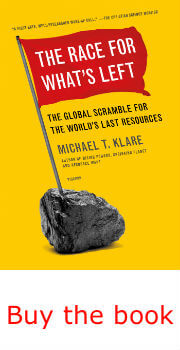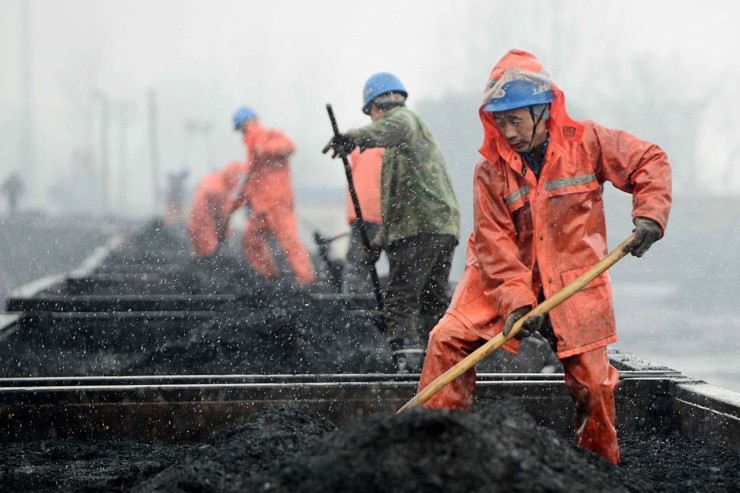(GreenBiz) Enthusiasm for sustainable investing is surging. Already, more than $8.7 trillion (PDF) of investment capital is managed using environmental, social and governance (ESG) factors in U.S. markets alone, according to the U.S. SIF Foundation. That’s a 184 percent increase since 2010. This pot of money increasingly includes investments in green infrastructure, renewable energy, affordable housing and more, as well as investments that more holistically integrate broad ESG factors.
However, amid this hype, a certain amount of confusion , doubt and outright skepticism endures. WRI’s new paper, “Navigating the Sustainable Investment Landscape,” is based on interviews with 115 investment professionals — including asset owners with $1.26 trillion under management — and found that the prospects for sustainable investing are strong and overcoming key roadblocks will help the market reach a tipping point.





